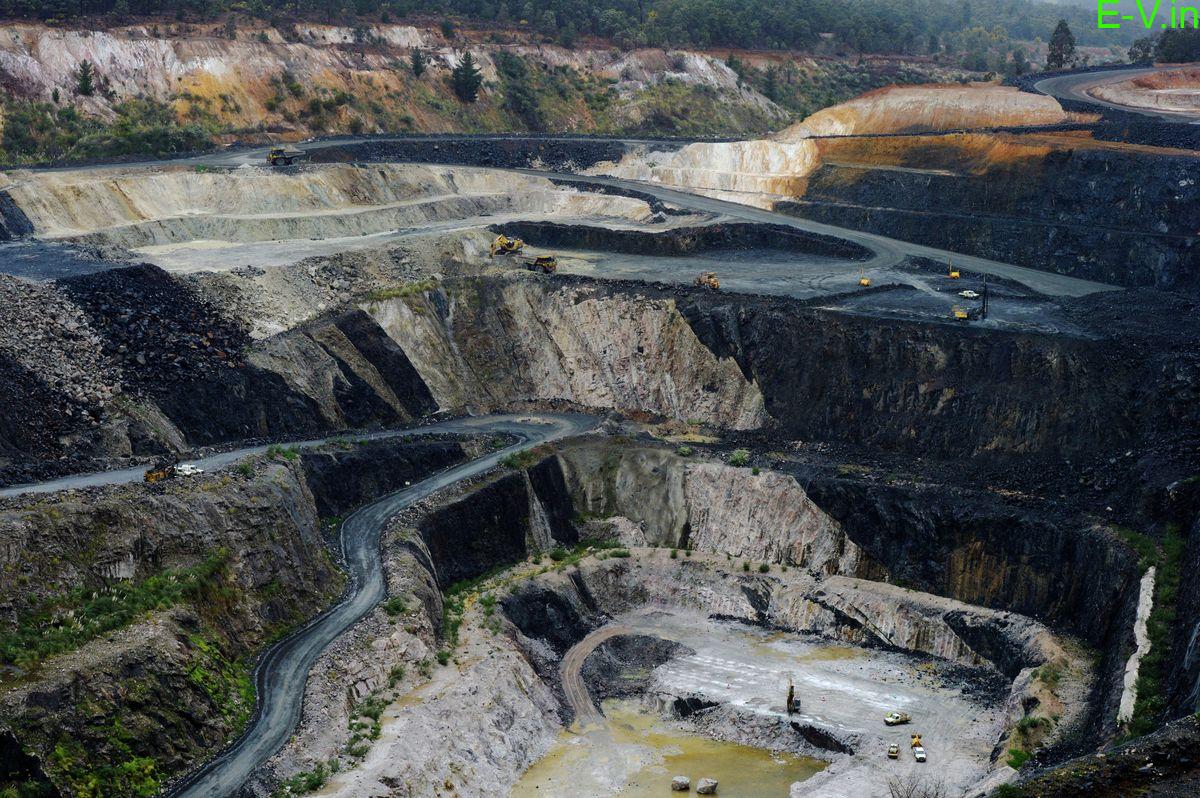
All you need to know about lithium miners & battery producers
The Greenhouse gas emissions can be reduced with battery electric vehicles are underestimated due to many reasons such as overestimating battery manufacturing, underestimating battery lifetime, assuming an unchanged electricity mix over the lifetime of the BEV, using unrealistic tests for energy use, excluding fuel production emissions, and lack of system thinking. The internal combustion engine is a mature technology that’s being superseded by battery electric vehicles (BEVs). Let us now read in more detail about lithium miners & battery producers.
The BEVs are becoming cheaper than conventional cars and current technology could already electrify over 70% of transport energy demand and lead to a large reduction in greenhouse gas (GHG) emissions. The BEVs also lower the system costs of a fully renewable system if the moment of charging is optimally chosen especially when combined with bidirectional charging.
lithium miners & battery producers
The electric vehicle (EV) supply chain is reaching an inflexion point as consumers, original equipment manufacturers (OEMs) and governments accelerate the shift away from internal combustion engines (ICEs) and towards battery-powered vehicles.
Many manufacturers announcing electrifying their fleets over the next several years and unveiling sleek new models but this is not enough. The growth trajectory for EVs will ultimately be determined not by downstream OEMs, but by the upstream lithium miners and battery producers who extract the raw materials and manufacture the batteries for EVs.
In recent years, the low cost of lithium has discouraged the miners from increasing production capacity which has now resulted in a lack of demand accelerates. The investment in lithium mining and battery production will be necessary to ensure EVs are readily available around the world.
Key efforts for the adoption of electric vehicles
- Many major automobile manufacturers like GM and Ford are investing billions to electrify their model in the next 10 to 15 years.
- Many startups have also jumped in the revolution and are successful at current such as Ather Energy, Ampere vehicles, etc.
- Many Governments has also announced EV policies through which it is providing incentives on electric vehicles such as recently the New South Wales waive off stamp duty on EVs and Gujarat government has announced EV policy 2021.
To meet the demand for electric vehicles it is necessary to increase battery production which is a global arms race among major governments, battery producers, and automobile manufacturers.
As per the global X reports, the lithium markets were before oversupplied, lagging investment in additional production capacity could result in shortages of the key raw material for batteries as EV demand surges.
Global EV sales
Of total car sales in 2020, electric vehicles account for less than 5% but the segment has grown to 45% to 3.2 million even amid the pandemic. The sales seem to continue into 2021, with 1.1 million sold in Q1, up 125% from last year. The ICE sales are stalling. They fell 14% in 2020 and are up by only an estimated 8% through the first quarter of 2021.
GM is all set for its electric future with a commitment for 30 new global EV models by 2025 backed by a $27 billion investment in all-electric and autonomous vehicles. Ford has also recently announced a $29 billion commitment to electric and self-driving cars and unveiled an electric version of the F-150 truck.
Similarly, Volkswagen, Mazda, Tata Motors, Mahindra Electric, MG Motors, Ola Electric, Ather Energy, etc are also making investments and targeting their EV goals.
Lithium-ion batteries
In terms of battery, the efficient, reliable and cost-effective mass production of lithium cells is much important in the growing EV market. Less battery manufacturing capacity leads to supply chain risks. For example, if we talk about President Biden’s plans to electrify the federal vehicle fleet would require 69 GWh of battery capacity and the total battery production in the U.S. was only about 40 GWh in 2020.
The fast-growing demand for EV passenger vehicles, buses, and trucks, and U.S. automakers will likely have to depend on overseas battery supply chains for the future.
211 announced lithium-ion battery factories
At present, there are 211 announced lithium-ion battery factories that are producing over 1 GWh of battery cells per year. 156 are in China, followed by 22 in Europe and only 12 in the U.S. Today, battery capacity in the U.S. largely comes from Tesla-Panasonic’s Gigafactory 1 in California, LG Chem’s Michigan plant supplying GM, and AESC Envision’s factory in Tennessee.
Some battery producers are working on the production capabilities such as
- LG Energy Solution plans to invest $4.5 billion to expand its EV battery manufacturing footprint in the U.S. with an additional 70 GWh of capacity starting in 2025.
- Panasonic also plans to add a new production line at the Nevada factory it co-owns with Tesla.
- Nissan Motor Co will partners with China-based battery maker Envision AESC group to establish new battery plants for electric vehicles in Japan and United Kingdom.
- It is going to invest over 200 billion yen ($1.82 billion) and will start making batteries in two new plants by 2024. It aims for a total capacity of 700,000 EVs per year.
- The Indian Oil Corporation (IOCL) plans to set up a GW scale EV battery manufacturing plant, it will set up a 1 Giga Watt (GW) plant to make batteries for the electric vehicles in partnership with an overseas start-up using a non-lithium raw material which is available locally.
- InoBat is also advancing plans to build a €1 billion ($1.2bn) 10 GWh Gigafactory, which would have the potential to generate 240,000 intelligent batteries in 2025. InoBat Auto said it could provide up to 240,000 electric cars with its intelligent batteries. InoBat” with a higher energy density and increases the vehicle’s range by about 20%.
- A South Korean multinational conglomerate Samsung Electronics has announced that it has developed a solid-state battery technology that provides a range of electric vehicles of 500 miles (800 km) on a single charge. The battery which is developed for electric vehicles has a life cycle of over 1,000 charges.
Recently the Indian government announced its plan to build large factories to make lithium-ion batteries at an investment of about ₹50,000 crores.
As India is in much need of production of EV batteries and localization of the EV components which will make EVs affordable to the people which will lead to the adoption of EVs in India faster. India is aiming to secure energy, the establishment of this 50-gigawatt hour (GWh) factories plan has been cleared by the EFC and a final tender was also given.
Each gigawatt-hour (1,000-megawatt-hours) of battery capacity can power 1 million homes for an hour and around 30,000 electric cars.
According to a NITI Aayog, India needs 6 such gigawatt-scale facilities (of 10GWh each) by 2025 and 12 by 2030 excluding the export potential market.
Global lithium market price
As of May 2021, the price of lithium is 69% which is rising rapidly. From the last three years, the prices declined from over $20,000 per metric ton (Mt) of lithium carbonate equivalent (LCE) in Q4 2017 to less than $8,000 in Q4 2020.
The market tripped to a temporary oversupply which resulted in delayed and cancellation of capacity expansion as lithium miners were looking out for incentives to increase the capacity. Albemarle, the North Carolina based company that is the world’s largest lithium producer is all set to double its production capacity to 175,000 mt by year-end.
Chile’s SQM is the world’s second-largest lithium producer is all set to double its production capacity to 175,000 mt by year-end. It is also to expand its production of lithium carbonate by 71% to 120,000 mts by December.
The lithium demand is expected to increase by over 200% in the next 5 years which will rise from 300,000 mt in 2020 to 1 million mt by 2025. By 2030, the demand can be reached to 2 million mt.
If you are an EV manufacturer or EV Dealer or EV Supporter who want to share news related to electric vehicles on our website, please send an email to crm@electricvehicles.in
For the latest electric vehicles news, follow electricvehicles.in on Twitter, Instagram,Facebook and our YouTube Channels English, Hindi, Telugu and Tamil







